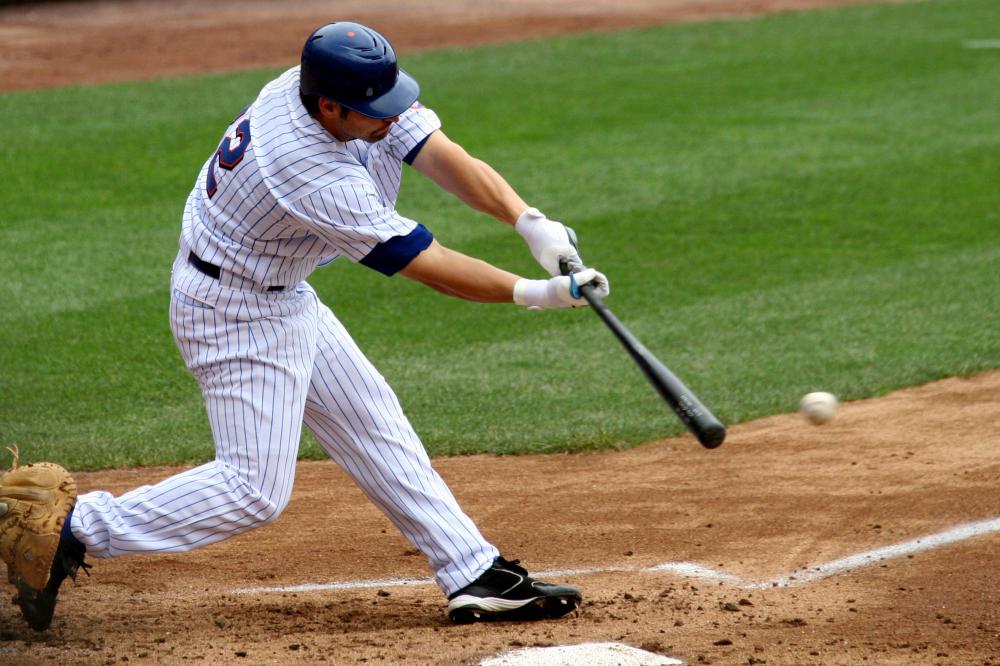
I love shopping! Going to the store and picking out new clothes, or buying groceries for the week, is a lot of fun for me. I like seeing new products, like shoes, purses, hats, scarves and more. Sometimes however, I have to ask the shop worker questions about the things I need. "Where can I find this pair of shoes?" or "How much does this shirt cost?" are some examples. Sometimes I will get excited about certain products. "I love the color of this hat!" or "This is a great sale!" I'll say out loud. Other people in the shop might think I'm a little odd, but it's okay to be a little "different" if you have just scored a great deal!
Do you like shopping? What are some of your favorite stores?
Key vocabulary:
- Groceries (noun): food sold in a store.
- Product (noun): goods that a company makes.
- Shoes (noun): a piece of clothing worn on the feet, usually comes in pairs.
- Purse (noun): an accessory used to hold personal possessions.
- Hat (noun): a piece of clothing worn on the head, usually protective.
- Scarves (noun): a piece of clothing worn around the neck, usually when it is cold.
- Shirt (noun): a piece of clothing worn over the chest or torso.
- Sale (noun): an event held in a store when products and goods are discounted in price.
Vocabulary Activity:
Fill in the crossword puzzle with the correct vocabulary words from the list above.
Grammar Point:
To make proper sentences, you must use punctuation. Otherwise, your sentences become run-on sentence (a long sentence with many ideas, that can be cut into smaller sentences). There are all different kinds of punctuation marks to choose from, but it is important to choose the right punctuation mark for the right sentence. For example, a period " . " is good to use for regular statements. "She is late." is an example of using a period at the end of a sentence. It is the most frequently used punctuation. When asking a question however, using a question mark " ? " is better. "How many shirts do you have?" is a good example. Sometimes when you want a sentence to "stand out," you can use a exclamation point " ! " This can be used to show excitement, or a command. "You are the best!" is an exciting sentence, but "Stop fooling around!" is a command.
Grammar Activity:
Find all of the punctuation marks in the paragraph at the top of the page. Make new sentences using the punctuation marks you have found (one new sentence for each punctuation mark).







